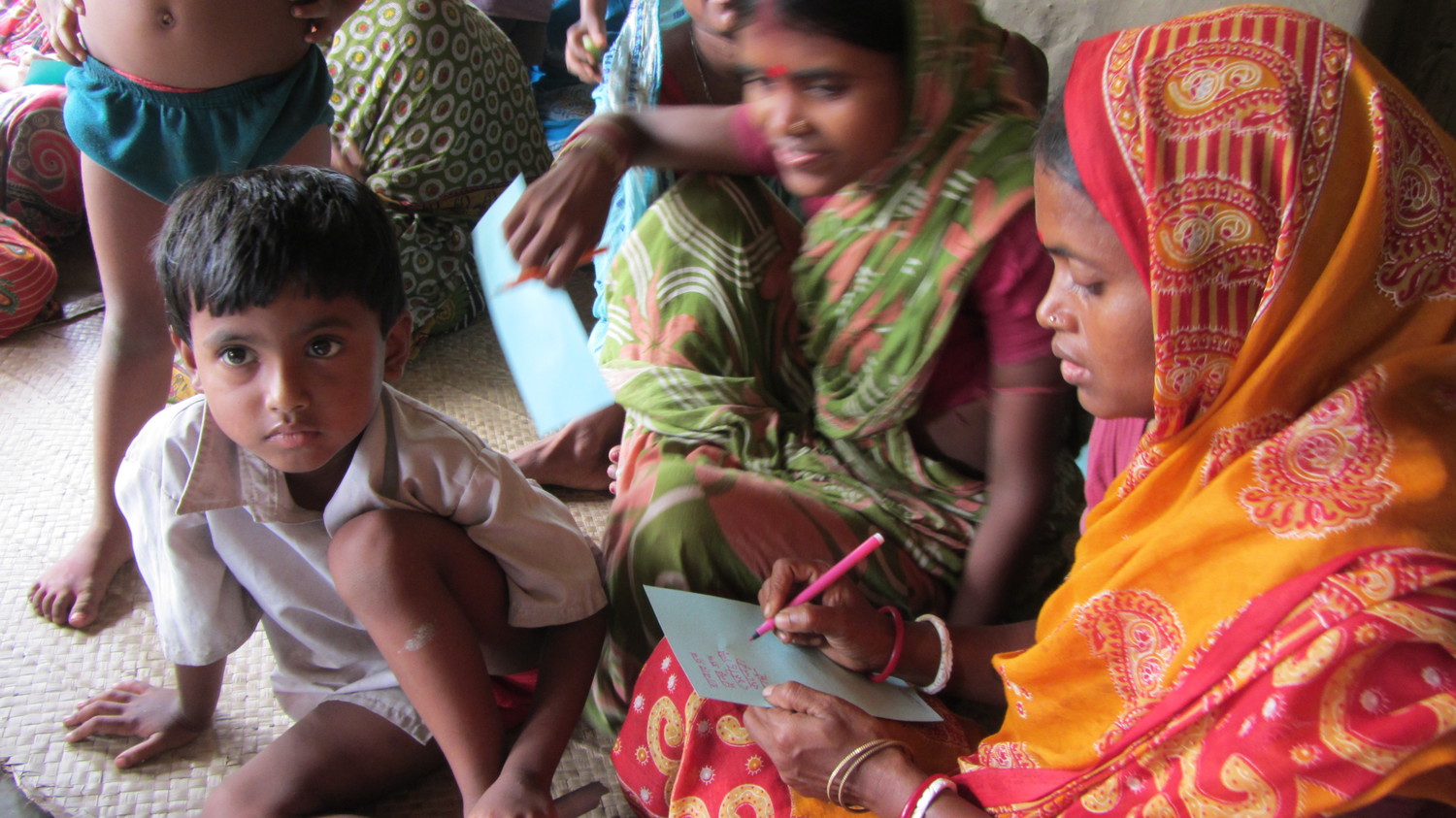Gender in evaluations
Recently, I have been engaged in a debate of evaluators if “non-tangible” aspects such as gender can be monitored and evaluated. Well, why not?
First, let´s look at the definition of gender: it reflects socially-constructed roles and responsibilities of women and men in a given place or culture.
Interestingly, gender is not only about women, but also about men. While planning, monitoring and evaluating a project, look at roles and responsibilities of both men and women in the specific culture and context.
For example, if you evaluate a project on breast cancer prevention in Georgia, you need to consider that any treatment is expensive and that men often decide about such substantial investments. Therefore the evaluation can check to what extent were men involved in awareness raising activities and what messages were understood. Read more about this project evaluation here.
Gender Analysis
If you want to monitor or evaluate gender, it is useful to put together key questions and indicators. During a gender analysis, you may ask:
- Were women as well as men consulted during the project planning, monitoring and evaluation?
- Have specific needs and interests of women and girls and those of men and boys been reflected?
- Were different roles and responsibilities identified for women and girls versus men and boys? For example, what was their division of labour? Has the project challenged this in any way?
- What was the access of men and women to resources such as land, time, household income or micro-loans? Who made decisions about the same? Combating Child TraffickingEvaluation of Combating Child Trafficking in Ethiopia (photo: Gizachew Benti Tesfaye)
In another example, the project Preventing and Combating Child Trafficking in Ethiopia was analysed from the gender perspective. The analysis has provided gender-disaggregated data and drawn attention to some stereotypes in engaging girls and women. Check detailed findings of the gender analysis under evaluation cases.
Resources
The gender analysis linked above was developed based upon the Resource book and training kit for development practitioners: Gender in Development Matters (see page 62).
See the UN Women Evaluation Manual on how to conduct gender-sensitive evaluation from A to Z.
Another good resource is the Tool kit on gender equality results and indicators by Australian AID at seachangecop.org. It presents gender equality outcomes, results and more.
Different frameworks for gender analysis are listed for example in this guide by Oxfam.
Enjoy reading and let me know your experiences with evaluating gender!
